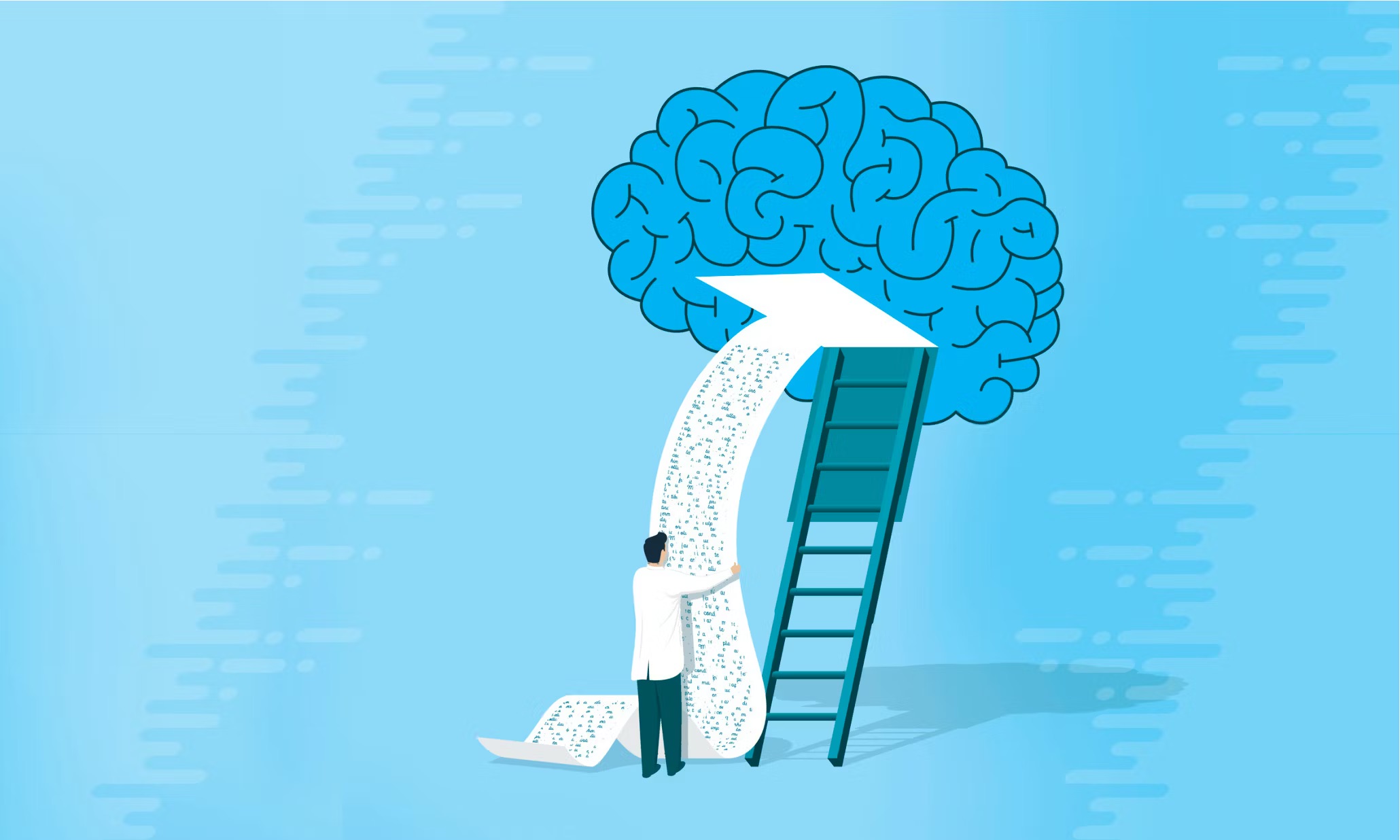- Published on
Introduction to Cognitive Psychology

Table of Contents
Introduction
Cognitive Psychology is a broad field that has to do with a lot of processes that we take for granted. Some guiding questions that will guide our discussion are:
- How is our knowledge of the world represented?
- What mental processes are involved in acquiring accessing, and using knowledge?
- How can we measure behavior to make inferences about mental representations and processes?
Representation
Representation is basically a version of something in another format. For example, we might process some sort of external object like our world and make a representation that is stored in a different way, such as a map. These representations are formed in the mind, activated by objects and events in the world, and even make it possible to think about these objects/events in their absence.
Processes
Processes are operations that are performed on the mental representations. These include: creation, storage, retrieval, use for action, transformation, and evaluation.
You can think of the representation as the datastructures and the processes as the methods that act on the datastructure.
Sidebar: Our Brain in the Cloud
Throughout time, our mind has adapted to the various different technologies that allowed us to interact with our information differently than before. In ancient Greek times, Socrates had the worry that the advent of the written language would result in implanting forgetfulness in their souls.
Today, cognitive scientists are studying the effect of the cloud on human memory and other cognitive processes. Apparently, our minds are more inclined to use cognitive offloading and spend resources finding information rather than memorizing information.
- Authors

- Name
- Apurva Shah
- Website
- apurvashah.org